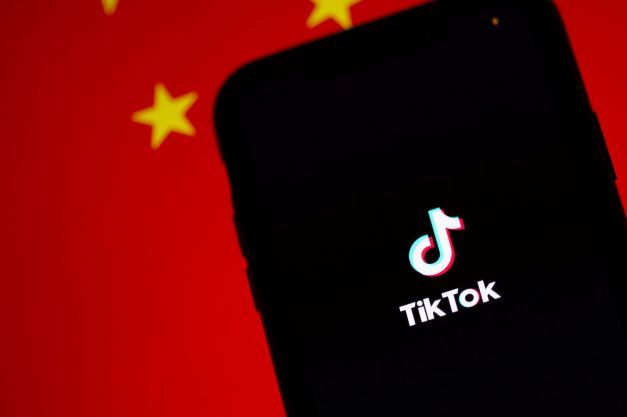How TikTok changes the way you view content
What's more important than your following count, though, is the story you convey. TikTok is used by more than a billion people every day and is available in 75 languages and 150 countries.

Dances, cooking recipes, exercise routines, animal care, and music make TikTok an agile and fun digital tool; its function goes beyond entertainment, as it also participates in social causes and supports welfare campaigns for the community. TikTok is not a social network but a content platform that is driven by the community. Here, the number of followers does not matter, but the story you come to tell.
It is an entertainment space, where it is not accepted to be a political platform or to promote candidates but to defend social causes. TikTok has a global presence of more than one billion users worldwide in more than 75 languages in 150 countries, and it takes that seriously. Globally, it has four main causes: well-being and safety; inclusive and sustainable economic growth; diversity, equality, and inclusion; and climate change.




